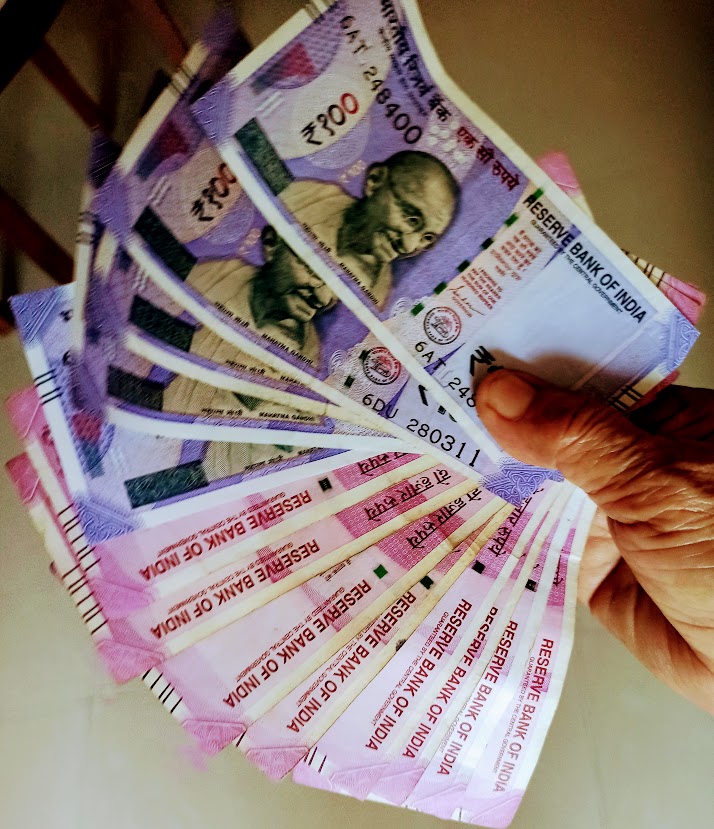
The outbreak of the coronavirus has led Indian households to save much more in the June quarter of the current financial year as they worry about their future incomes flowing from actual or potential job losses.
India's household financial savings rose to 21.4% of the gross domestic product (GDP) in the fiscal first quarter, sharply up from 7.9% in the same quarter last year and 10% in the preceding quarter, according to the Reserve Bank of India's preliminary estimates.
The other reason for this reduction in "discretionary expenditure" or the "associated forced saving" could be that the household consumption basket was limited by a number of items due to Covid.
Household financial savings generally peak in Q4 of the financial year owing to seasonal factors, which are then followed by moderation in Q1. But the first quarter of this fiscal has bucked the trend due to the Covid pandemic.
This is reflected in the continued inflow of bank deposits despite interest rates on these instruments falling drastically. In India, bank deposits and bank loans constitute dominant shares of around 56% and 80% of household financial assets and liabilities, respectively.
As per the latest RBI data, aggregate bank deposits in India have touched nearly Rs 138.7 lakh crore in June 2020, an increase of Rs 3 lakh crore since end-March 2020, while advances are subdued at just over Rs 102.5 lakh crore, down by Rs 1.2 lakh crore from end-March 2020. This has widened the gap between credit extended and deposits mobilised during the April-June quarter of 2020.
Deposits with banks have picked up by 11% on a y-o-y basis as of June 2020 versus the 7.9% growth registered in 2019-20 and 10% as at end-June 2019. This is despite the weighted average domestic term deposit rates by scheduled commercial banks falling further by around 40 bps over the last three months beyond March 2020. In contrast, credit growth moderated on a y-o-y basis to 6.2% in June 2020 from 12% in June 2019.
"The divergence between deposit and credit growth in Q1 of 2020-21 has contributed to the increase in net financial savings of households," RBI said in its November bulletin.
However, the increased flows to mutual funds, RBI said, seem to have been driven by low returns on bank deposits and the stock markets touching new peaks after initial volatility in March 2020 following the covid-19 outbreak.
The rise in subscription to insurance products reflects the pandemic-led increased awareness of life insurance amongst the households. In these times of emergency, life insurance has become a necessity and not just a matter of benefit.
"The trend of higher than usual household financial savings can persist for some time till the pandemic recedes and consumption levels get normalised," the RBI observed.
